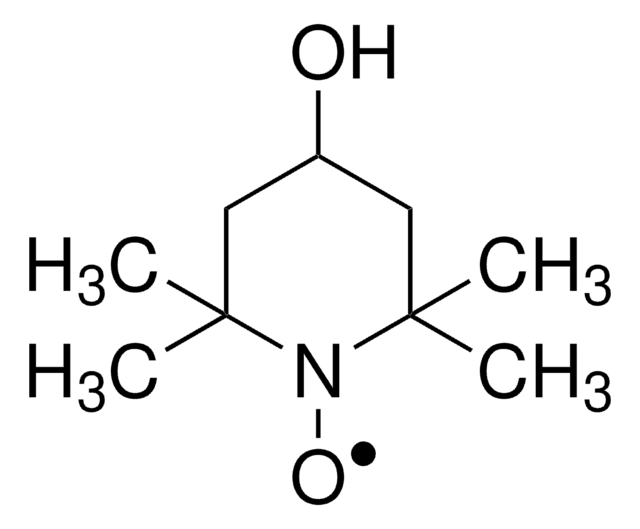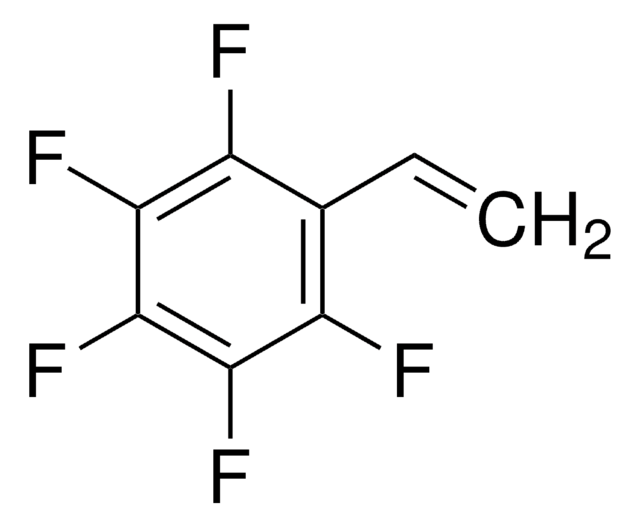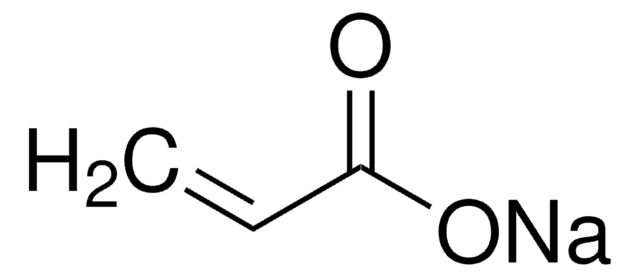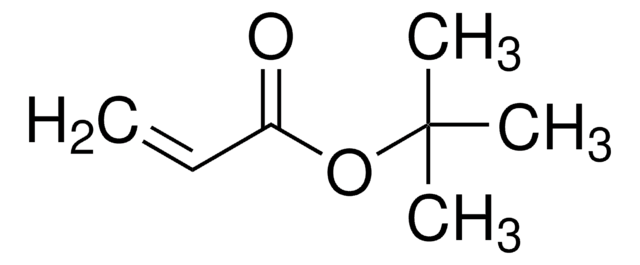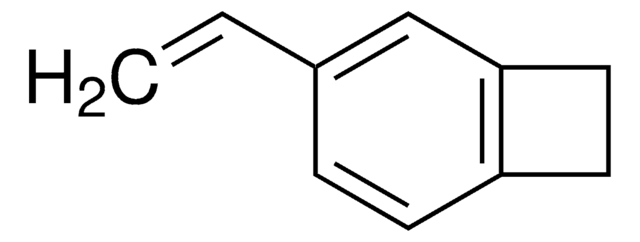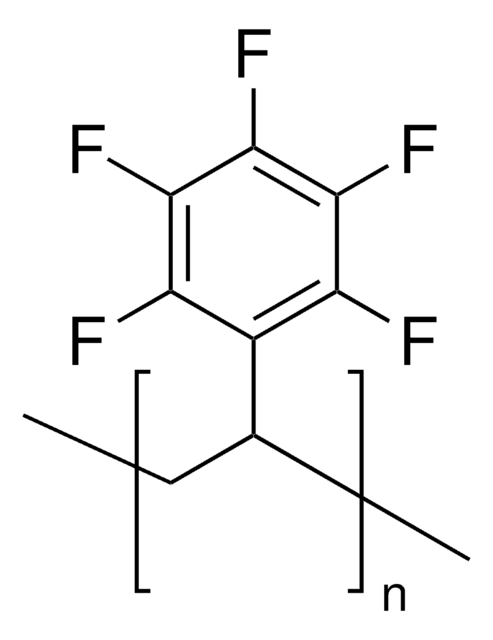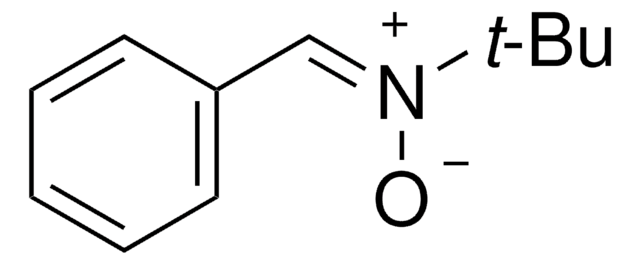700703
N-tert-Butyl-N-(2-methyl-1-phenylpropyl)-O-(1-phenylethyl)hydroxylamine
Synonym(s):
2,2,5-Trimethyl-3-(1-phenylethoxy)-4-phenyl-3-azahexane, Alkoxyamine NMP initiator
About This Item
Recommended Products
form
liquid
Quality Level
refractive index
n20/D 1.536
density
0.968 g/mL at 25 °C
storage temp.
−20°C
SMILES string
CC(C)C(N(OC(C)c1ccccc1)C(C)(C)C)c2ccccc2
InChI
1S/C22H31NO/c1-17(2)21(20-15-11-8-12-16-20)23(22(4,5)6)24-18(3)19-13-9-7-10-14-19/h7-18,21H,1-6H3
InChI key
FPFRTDOMIFBPBZ-UHFFFAOYSA-N
Related Categories
General description
Storage Class Code
10 - Combustible liquids
WGK
WGK 3
Flash Point(F)
Not applicable
Flash Point(C)
Not applicable
Personal Protective Equipment
Regulatory Listings
Regulatory Listings are mainly provided for chemical products. Only limited information can be provided here for non-chemical products. No entry means none of the components are listed. It is the user’s obligation to ensure the safe and legal use of the product.
JAN Code
700703-250MG:
700703-1G:
700703-BULK:
700703-VAR:
Choose from one of the most recent versions:
Already Own This Product?
Find documentation for the products that you have recently purchased in the Document Library.
Articles
Block Copolymer Synthesis Using a Nitroxide-mediated Radical Polymerization (NMP) Approach
Block copolymer synthesis using a commercially available nitroxide-mediated radical polymerization (NMP) initiator
We presents an article about a micro review of reversible addition/fragmentation chain transfer (RAFT) polymerization. RAFT (Reversible Addition/Fragmentation Chain Transfer) polymerization is a reversible deactivation radical polymerization (RDRP) and one of the more versatile methods for providing living characteristics to radical polymerization.
Tools for Performing ATRP
Protocols
Sigma-Aldrich presents an article about RAFT, or Reversible Addition/Fragmentation Chain Transfer, which is a form of living radical polymerization.
We presents an article featuring procedures that describe polymerization of methyl methacrylate and vinyl acetate homopolymers and a block copolymer as performed by researchers at CSIRO.
Sigma-Aldrich presents an article about the typical procedures for polymerizing via ATRP, which demonstrates that in the following two procedures describe two ATRP polymerization reactions as performed by Prof. Dave Hadddleton′s research group at the University of Warwick.
Our team of scientists has experience in all areas of research including Life Science, Material Science, Chemical Synthesis, Chromatography, Analytical and many others.
Contact Technical Service![N-tert-Butyl-O-[1-[4-(chloromethyl)phenyl]ethyl]-N-(2-methyl-1-phenylpropyl)hydroxylamine](/deepweb/assets/sigmaaldrich/product/structures/298/481/e5f98578-0ed3-446e-bed2-e277dfa06e5d/640/e5f98578-0ed3-446e-bed2-e277dfa06e5d.png)
